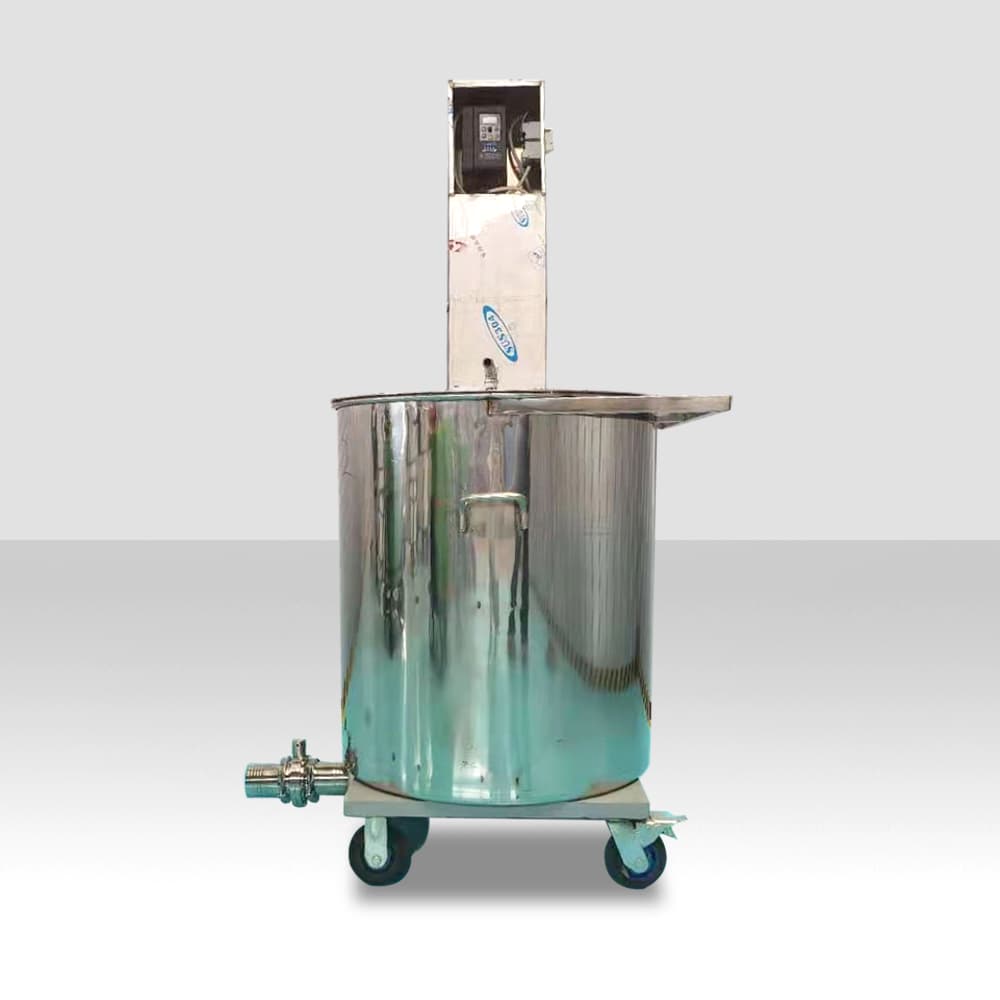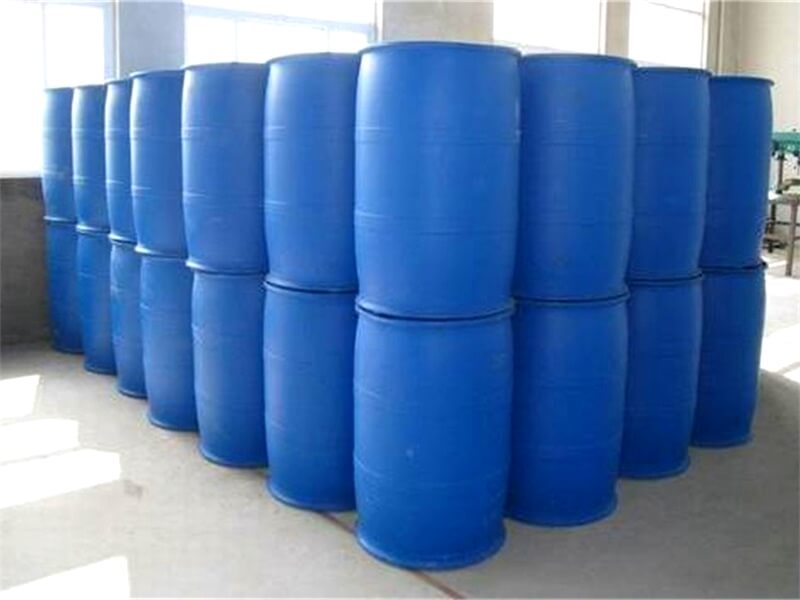Professional solutions on concrete addtives, Concrete Foaming Agent, Superplasticizer, CLC Blocks Additives, and foaming machine
(When Would You Use a Superplasticizer in Concrete?)
A superplasticizer is a chemical additive used in the manufacturing of many materials. A high content of this chemical in concrete can improve the strength of the material. It is also used to improve the flowability of the concrete. It is a good idea to choose a superplasticizer based on the type of application it will be used in.
Water reducers
Water reducers are chemicals that alter the physical properties of concrete. They are used to increase the flowability of concrete and decrease its water content. In general, there are three types of water reducers. Conventional reducers, mid-range reducers, and high-range reducers have similar properties but differ in chemistries and performance.
Sikament 686 is a high-range water reducer, based on polycarboxylate technology. It meets ASTM C-494 Type A and F admixture requirements and increases workability and durability. The resulting material is stronger, easier to work, and has lower shrinkage.
Superplasticizers can reduce water content in concrete by as much as 30%. The chemical compounds are generally added to the mix in concentrations of 0.5 to 3 percent. They enhance the slump and elasticity of concrete and are beneficial to precast concrete producers.
Superplasticizers
In concrete, a superplasticizer is an additive that is used to increase the workability of the concrete. This property is beneficial in many different scenarios, because it allows for faster finishing, increased strength, and better recyclability. It can also help to conserve cement by reducing thermal cracking and shrinkage. Despite their newfound use, superplasticizers are still controversial and have some drawbacks. Read on to learn more about the pros and cons of using this type of additive.
Adding a superplasticizer to concrete reduces the amount of cement that must be added. This additive allows concrete to reach a higher strength in less time than before, and it also preserves cement, the most expensive component in the mix. Another benefit of superplasticizers is that they have a low impact on setting time, and in many cases they retard setting time by up to an hour.
Flowing concrete
Flowing concrete is made to have a higher slump temporarily, as opposed to the normal slump, and is typically made by adding admixtures to the concrete after it has arrived at the job site. These admixtures are mixed thoroughly to provide the required amount of flow. Flowing concrete has a high slump, generally six to eight inches, and decreases to a low slump after about half an hour. This high slump allows for easier placement operations, but can cause problems, including segregation of the concrete.
There are a number of situations when using superplasticizers is appropriate. For example, if the concrete is going to be exposed to a long exposure to sunlight or is being placed for a long period of time, it may be beneficial to add a superplasticizer to the mix. The superplasticizer will decrease the amount of drying shrinkage, which improves the durability of the concrete.
Concrete additives Supplier
TRUNNANO is a reliable concrete additives supplier with over 12-year experience in nano-building energy conservation and nanotechnology development.
If you are looking for high-quality concrete concrete additives, please feel free to contact us and send an inquiry. (sales@cabr-concrete.com)
We accept payment via Credit Card, T/T, West Union, and Paypal. TRUNNANO will ship the goods to customers overseas through FedEx, DHL, by air, or by sea.
(When Would You Use a Superplasticizer in Concrete?)








